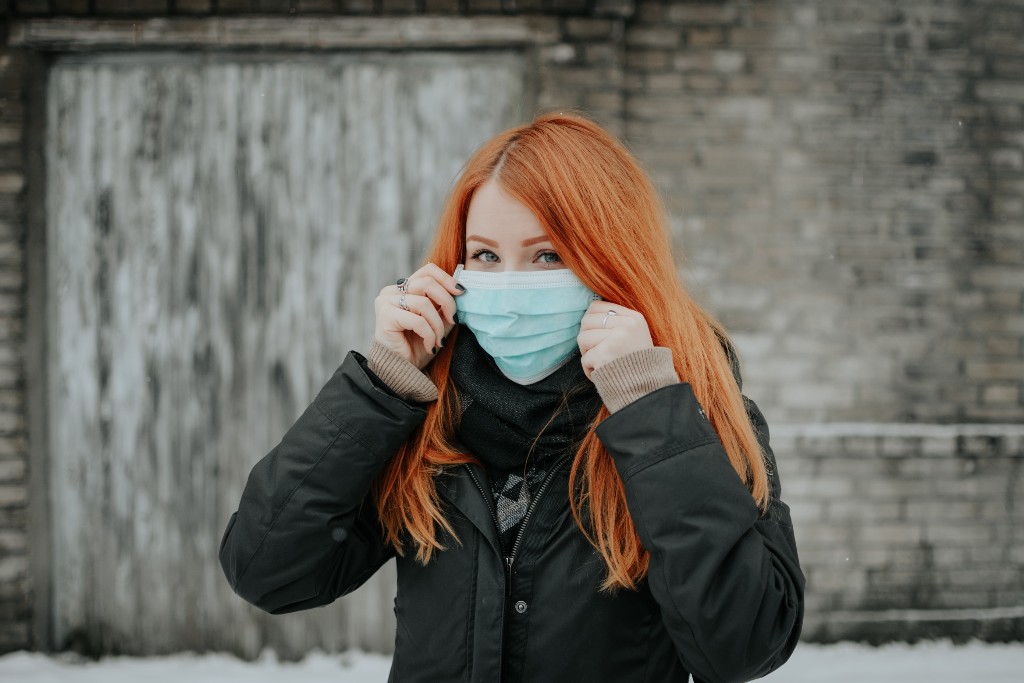Anyone who is planning to visit the District of Columbia from a coronavirus high-risk state must take a COVID-19 test within 72 hours ahead of their travel, as of Monday, November 9.
Visitors are required to obtain a negative test result unless they are coming from Virginia, Maryland, Vermont and Hawaii. Those who test positive or have interacted with an infected person are asked to cancel their visit.
And a second test is needed within three to five days of arrival, if the visitor plans to spend more than three days in the District.
DC Mayor Muriel Bowser issued the travel advisory that introduced the new rules last week in response to the recent increase in daily coronavirus cases.
On November 2, the DC Department of Health updated the city’s coronavirus high-risk states list, adding California, New Jersey and Oregon. A total of 42 states are currently on the city’s high-risk states list.
According to the advisory, private institutions such as universities, employers, hotels, hospitals, congregate care facilities, and houses of worship may ask visitors about their recent travel and may require a record of a negative COVID-19 test before admitting them.
Individuals arriving in DC for essential work “may carry out those duties prior to receiving the results of their second test in DC (as long as they do not have symptoms or were not a close contact of a positive case within the past 14 days).”
If you are traveling to DC for a family emergency or a funeral, it is not mandatory for you to get a negative test before your arrival, if it would be impractical, but your activities must be limited to the emergency in question.
As for DC residents returning home after traveling to anywhere other than Maryland, Virginia, or a low-risk state or country must either:
- Limit daily activities and self-monitor for 14 days upon their return.
OR
- Limit daily activities until they get tested for COVID-19 (approximately 72 hours after their return) and receive a negative result.
The states that have a seven-day moving average of daily new coronavirus cases of 10 or more per 100,000 persons are regarded as “high-risk” areas in terms of the spread of coronavirus, according to DC Department of Health. People who travel to DC for nonessential reasons from high-risk states must self-quarantine for 14 days upon arrival.
Here’s the current list of high-risk states according to the District administration:
Alabama
Alaska
Arizona
Arkansas
California
Colorado
Connecticut
Delaware
Florida
Georgia
Idaho
Illinois
Indiana
Iowa
Kansas
Kentucky
Louisiana
Massachusetts
Michigan
Minnesota
Mississippi
Missouri
Montana
Nebraska
Nevada
New Jersey
New Mexico
North Carolina
North Dakota
Ohio
Oklahoma
Oregon
Pennsylvania
Rhode Island
South Carolina
South Dakota
Tennessee
Texas
Utah
West Virginia
Wisconsin
Wyoming
Ths list will be updated again on November 16.
DC Designates 42 States as ‘High-Risk’ Areas on Updated List

